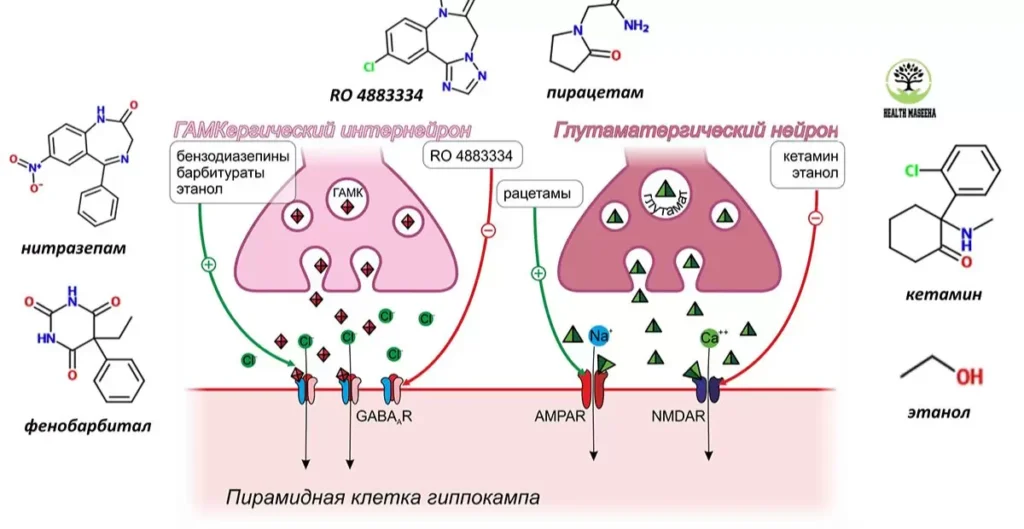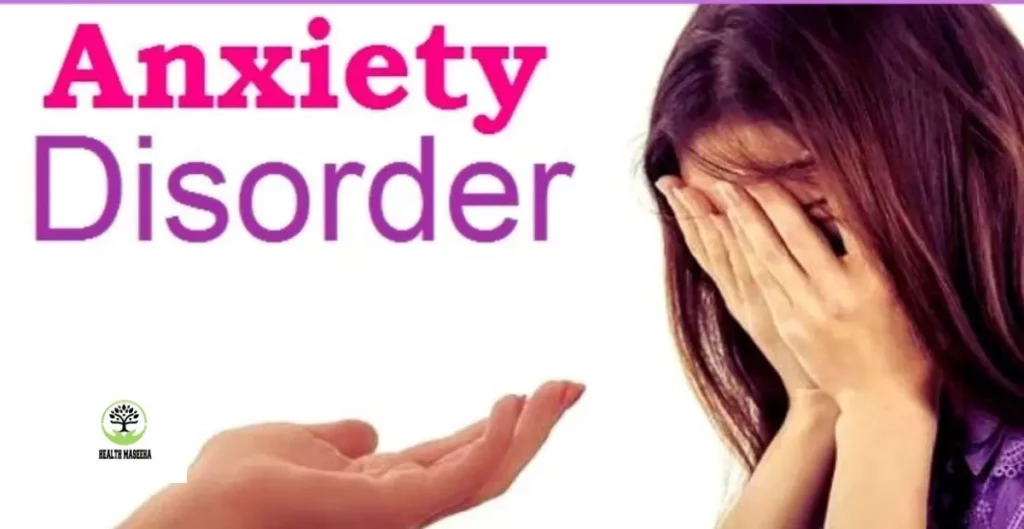Finding the nuance of the most well-known enemy of anxiety reveals urgent bits of knowledge into their adequacy and possible incidental effects. Go along with us as we enlighten the pharmacological apparatuses pointed toward mitigating one of the most pervasive emotional well-being difficulties around the world.
In this present reality, where stress is a dependable friend, find the top anti-anxiety medications. Amid the confusion of day-to-day existence, many go to prescriptions for comfort. In any case, what are the most widely recognized enemies of anxiety medications? We should dig into this pivotal inquiry and reveal the responses that could offer a way to serenity.
The most well-known enemies of anxiety medications, including benzodiazepines, SSRIs, SNRIs, and beta blockers, effectively lighten the side effects of nervousness. Benzodiazepines act quickly, but they convey a risk of dependence. SSRIs and SNRIs, delegated antidepressants, require additional opportunity for viability, they represent a lower chance of dependence.
Benzodiazepines
Benzodiazepines: Normally referred to as hostile to anxiety medications, have the capability of improving the movement of gamma-aminobutyric corrosive (GABA), a synapse in the mind responsible for restraining extreme neuronal action. By increasing GABA’s belongings, benzodiazepines prompt a quieting and narcotic impact, offering help from tension side effects.
Advantages and Contemplations: The adequacy of benzodiazepines in overseeing intense anxiety side effects is broadly recognized, making them important apparatuses in mental and clinical settings. Furthermore, their fast beginning of activity can give quick help during uneasy emergencies, offering patients much-needed relief.
Express Serotonin Reuptake Inhibitors (SSRIs)

Part of Development: SSRIs limit by obstructing the reuptake of serotonin, a brain association trapped in standpoint rules, in this way refreshing its transparency in the cerebrum. This surge of serotonin works with correspondence between nerve cells, fostering a vibe of flawlessness and security. Undermining responses interface with different synapses.
Benefits and Examinations: The appeal of SSRIs lies in their sufficiency as well as in their fairness. These drugs regularly show fewer accidental impacts compared to tricyclic antidepressants and monoamine oxidase inhibitors. Regardless, it’s important to perceive that SSRIs may not yield brief results, as often as possible, requiring a portion of a month to show their full supportive effects.
Tricyclic Antidepressants (TCAs): Alternative Options
Tricyclic antidepressants (TCAs) emerge as a promising choice in the space of treating the most notable foe of disquiet issues. While fresher drugs habitually take the spotlight, TCAs offer a good supportive strategy, particularly for individuals who may not answer preferably to flow antidepressants or those searching for elective decisions due to optional impacts or inefficacy.
Notwithstanding their viability, TCAs boast a well-established security profile and reasonableness, making them available choices for patients looking for help from the most widely recognized enemy of nervousness side effects. By recognizing the persevering viability and availability of TCAs, people can investigate complete treatment designs that focus on both mental prosperity and personal satisfaction.
Antihistamine with Anxiolytic Properties

Hydroxyzine: The most well-known enemy of anxiety, is an allergy medicine eminent for its double job in lightening sensitivities and tension side effects. With its anxiolytic properties, it battles sensations of apprehension and strain, providing help to people wrestling with tension problems.
| Antihistamine with Anxiolytic Properties: Integrating Solutions for Overall Engine Health |
| Compound Name | Mechanism of Action | Anxiolytic Properties | Potential Side Effects |
| Loratadine | Blocks histamine H1 receptors, mild anxiolytic effects | Mild reduction in anxiety symptoms, non-drowsy | Cerebral pain, dry mouth, and weakness |
| Hydroxyzine | Offends H1 receptors, goes about as a serotonin bad guy | Huge anxiolytic impacts and narcotic properties | Tiredness, address, disarray |
| Diphenhydramine | Blocks H1 receptors, gentle GABAergic action | Moderate anxiolytic effects, sedation | Tiredness, address, disarray |
| Promethazine | Antagonizes H1 receptors, weak dopamine antagonist | Moderate anxiolytic and narcotic impacts | Drowsiness, dry mouth, constipation |
| Doxepin | Blocks H1 receptors, serious serotonin, norepinephrine reuptake inhibitor | Strong anxiolytic effects, antidepressant properties | Sleepiness, weight gain, and obscured vision |
As one of the most consistently embraced foes of disquiet drugs, hydroxyzine offers a non-propensity shaping decision for directing apprehension of incidental effects. Its reasonability in decreasing disquiet without provoking dependence makes it a lean-forward choice for both present second and long-term treatment plans.
Express Serotonin Reuptake Inhibitors (SSRIs)
Part of Development: SSRIs limit by obstructing the reuptake of serotonin, a brain association trapped in standpoint rules, in this way refreshing its transparency in the cerebrum. This surge of serotonin works with correspondence between nerve cells, fostering a vibe of flawlessness and security. Undermining responses interface with different synapses.
While fresher antidepressants have to a great extent superseded TCAs in clinical practice because of their better secondary effect profiles, TCAs are a significant choice for people who don’t respond well to different medications. With legitimate observation and direction from medical services experts, TCAs can give critical help to those battling nervousness problems, assisting them with recapturing a feeling of quiet and prosperity in their regular routines.
Augmenting Anxiety Treatment

Antipsychotics: frequently used to oversee serious emotional wellness conditions like schizophrenia, are currently demonstrating value in expanding anxiety medications. These medications, intended to direct dopamine and serotonin levels in the mind, are showing adequacy in decreasing anxiety side effects when utilized close by the customary enemy of anxiety medications.
Joining antipsychotics with hostile anxiety medications presents a promising technique for people battling with tireless anxiety side effects, even when following a Mediterranean diet plan. This consolidated methodology improves side effects as well as highlights the significance of customized treatment plans tailored to the unique requirements of every individual encountering nervousness problems.
Managing Physical Symptoms of Anxiety
Beta-blockers: are arrangements used to regulate certifiable eventual outcomes like a speedy heartbeat, shaking, and sweat connected with nervousness. These prescriptions work by discouraging the impacts of adrenaline, which helps with calming the body’s response. They are generally embracing nearby threatening anxiety medications to address both the physiological and mental aspects of strain issues.
By consolidating beta-blockers with hostile anxiety medications, people can better control their side effects, prompting work on personal satisfaction. This double methodology targets both the physical and close-to-home parts of anxiety, giving thorough alleviation to those battling with this condition.
FAQ
What are the normal enemies of anxiety medications?
Normal enemies of tension drugs incorporate SSRIs (Specific Serotonin Reuptake Inhibitors) like Prozac and Zoloft, as well as benzodiazepines like Xanax and Ativan.
How do anti-anxiety medications work?
Hostile-to-nervousness meds work by either expanding the levels of specific synapses like serotonin (on account of SSRIs) or by upgrading the impacts of gamma-aminobutyric corrosive (GABA), a synapse that lessens mind action (on account of benzodiazepines).
Are there any side effects related to anxiety medications?
Indeed, normal results of hostile-to-tension drugs might incorporate tiredness, dazedness, sickness, obscured vision, and disarray. Long-term utilization of benzodiazepines can prompt dependence and withdrawal side effects.
Conclusion
Exploring the domain of the normal enemy of anxiety medications is fundamental for those looking for a viable treatment for nervousness problems. Medications: Benzodiazepines like Xanax and Valium offer quick alleviation, but convey dangers of dependence and sedation, while SSRIs, for example, Zoloft and Prozac, furnish longer-term benefits with less habit-forming properties.
Like anti-anxiety incidental effects, communications, and individual reactions. Coordinating medications with treatment, making life changes, and encouraging groups of people can upgrade general prosperity and flexibility against tension. By embracing a thorough way to deal with treatment, people can upgrade their excursion towards overseeing tension and recovering command over their lives.












